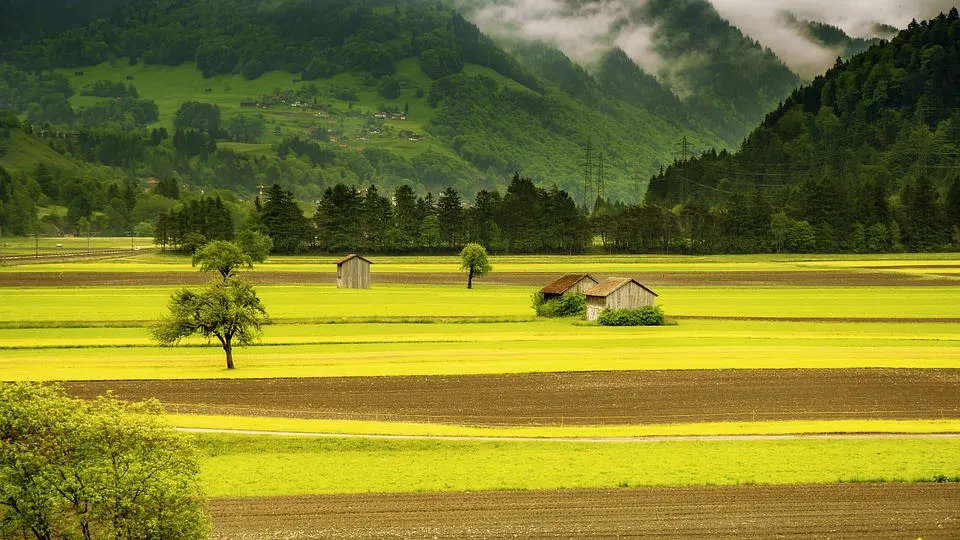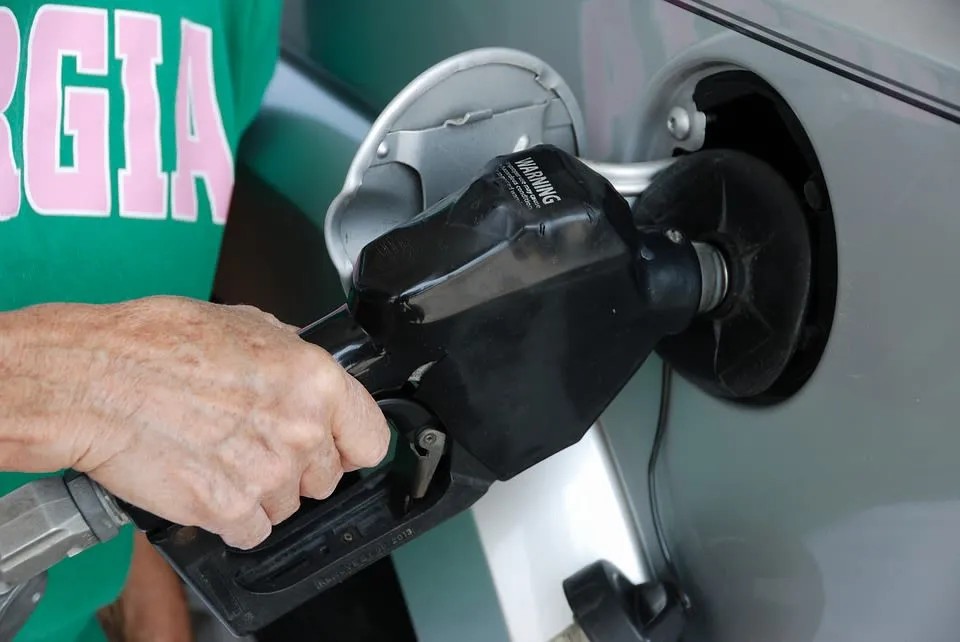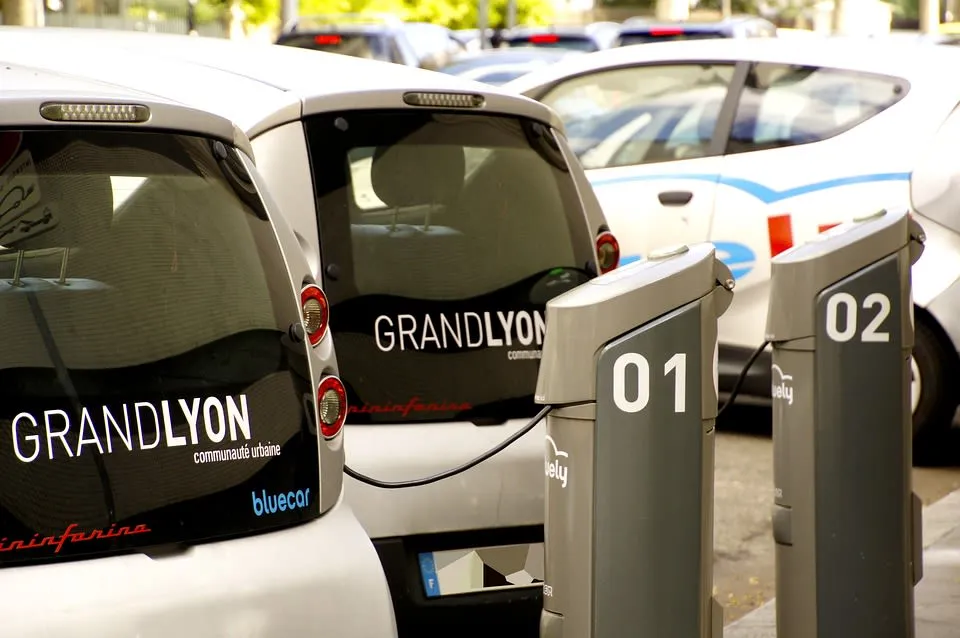There is no "one-size-fits-all" prescription for fostering greener growth and development across the Earth in the hope of achieving Sustainable development goal on climate action.
Greening the growth path of an economy depends on policy and institutional settings, level of development, social structures, resource endowments and particular environmental pressure points.
Of course, policies have to be put in place within the relevant institutional body prior to the actualization of a green economy.
Advanced, emerging, and developing countries will face different challenges and opportunities. No doubt...although, some of the opportunities can be replicated in some ways across the globe.
Green Economy can be described succinctly as an alternative vision for growth and development that can generate growth and improvements in the lives of populace in consistently sustainable development ways.
Green Economy promotes the triple bottom line of sustainability:
Sustaining and advancing economic
Environmental and
Social well being
The Green Economy is defined as a low carbon resource efficient economy that aims at reducing environmental risks and ecological scarcities with the aim of ensuring sustainable development without degrading the environment.
Quite related to ecological economics but the green economy has a more politically applied focus.
A lot of political stakeholders are required to meet prior to the implementation of any policy on green economy.
The 2011 UNEP Green Economy Report argues "that to be green, an economy must not only be efficient, but also fair. Fairness implies recognizing global and country level equity dimensions, particularly in assuring a Just Transition to an economy that is low-carbon, resource efficient, and socially inclusive."
Some Economists view green economics as a branch or subfield regarded as classical economics where the traditional land is generalized to natural capital with attributes such as labour and physical capital
Humanity has over the years been plagued with series of challenges ranking from; climate change, biodiversity loss, environmental disasters, etc. These global crisis cannot be tackled in isolation because they are all interconnected.
Economies are, at heart, a collection of rules and norms that reward some behaviours and punish others. Economies incentivise overconsumption, degrade communal bonds, and destroy natural wealth. It simply is how economies have evolved overtime. A new economic vision very different from the norm and conventional modus operandi is required thus the need for a transition to a Green Economy
In a green economy, growth in employment and income are driven by public and private investment into such economic activities, infrastructure and assets that allow reduced carbon emissions and pollution, enhanced energy and resource efficiency, and prevention of the loss of biodiversity and ecosystem services.
Public private participation is very vital to improve the survival strategies for a green economy to strive and become sustainable.
For crying out loud, you don't just leave all affairs in green investment encompassing green energy, renewable resources, recycling, etc to the hands of the government. Yes! Government enforces and makes laws but relevant stakeholders in green economy are mostly from the private sector.
After all, there will be green jobs with a value chain all to be formulated and inspired by the private practitioners. Green jobs are innovative and emerging technical skill sets that will definitely drive the economy of any country that utilizes it efficiently.
How does Green Economy differ from previous efforts to promote sustainability – what is new?
Green economy is very different from sustainable development. In fact, Green economy is not a substitute for sustainable development as the later is holistic and rather, captures the former within it.
Green economy simply supports those already gazetted broader goals of sustainable development.
Today, there is a deeper appreciation by many governments, companies, civil society and the public that planetary limits is fast approaching.
Not primarily in terms of greenhouse gas emissions but also in the use of water, land, forests and other natural resources.
The environmental and social perspectives of the current economic model in a green economy is becoming more apparent.
I mean we can now trade carbon in the hope of ensuring a cleaner, greener environment.
We can now impose tax and even charge polluters through the "Polluters Pay Principle".
Summarily, rather than combat or claim equals with sustainable development, green economy plays it own role within the sustainable development goals of climate action.
POST COVID-19 GREEN ECONOMY
The green economy in the post-COVID-19 world is driven by new technologies that reduce water-energy-food nexus pressures.
Green economies require a transition to green energy generation based on renewable energy to replace fossil fuels as well as energy conservation and efficient energy use.
While COVID-19 has been, in the words of UNEP Executive Director Inger Andersen “A horrible wakeup call,” we all must “summon our collective will” to renew our ambition and commitment. “It is not enough to protect your own economy — we need global solidarity," she said.
The post-COVID-19 reconstruction phase should be centred around the green economy, the concept of which enables economic growth and investment while increasing environmental quality and social inclusiveness. A key aspect of the green economy is that it reduces water-energy-food nexus pressures.
UNITAR Executive Director Nikhil Seth dispelled “the myth” that COVID-19 is an obstacle to ambition. Instead, he said, the pandemic’s disproportionate effects on marginalized communities demonstrate that “the principles on which the sustainable development goals were founded are very sound. COVID-19 reinforces the importance of green economy approaches, of inclusivity. Partnership is needed now more than ever.”
The traditional economic model of employing various human, technological and natural resources to produce goods and services has brought about many benefits including a higher standard of living and improved human well-being. In lieu of this, economic growth has resulted in environmental degradation.
Global economic model is confronted by a wide array of trends including urbanisation, rapid population growth and inequality as well as climate change resulting bin inequitable resources distribution and social challenges.
In response, many organisations have called for the development of a green economy that improves human well-being and social equity and reduces environmental degradation.
With the rising demand for water, energy and food, a proactive management strategy for water-energy-food nexus is a key aspect of developing the green economy as the approach recognises the need to use resources more efficiently while seeking policy coherent across the diverse sectors in support of green growth.
PRINCIPLES OF GREEN ECONOMY
There are key principles that ensures a striving ecosystem for the green economy to strive.
These five (5) key principles are as follows:
1) The Wellbeing Principle
A green economy enables all people to create and enjoy shared benefits from the green economy.
It focuses on growing sustainable green investments and projects that will support wellbeing and create wealth.
It places priority on investments and access to the sustainable natural systems, infrastructure and education needed for people to enjoy prosperity.
2) The Justice Principle
The green economy promotes equity within and between generations.
Green economy is nondiscriminatory and shares benefits and costs fairly.
Equitable distribution of outcomes, opportunities and resources is ensured here thus, reducing disparities between people.
It holistically encompasses solidarity and social justice strengthening trust and social ties which supports human rights and rights that seeks to protect and ensure sustainable development.
3) The Planetary Boundaries Principle
The green economy safeguards, restores and invests in nature.
An inclusive green economy recognizes and nurtures nature's diverse values.
Green economy is innovative in managing natural systems, protecting, restoring and preserving biodiversity and aligning with local community livelihoods based on biodiversity and natural systems.
4) The Efficiency and Sufficiency Principle
An inclusive green economy recognizes low carbon resource conservation with models of economic development that addresses the challenge of creating prosperity within planetary boundaries.
The green economy is geared to support sustainable consumption as well as sustainable production.
It recognises that there must be a significant global shift to limit consumption of natural resources to a sustainable level within planetary boundaries.
Green Economy aligns prices, subsidies and incentives with costs through "polluter pays principle".
5) The Good Governance Principle
The green economy is guided by integrated, accountable and resilient institutions.
It requires public participation prior to informed democratic accountability, transparency and social dialogue.
It is supported by institutions that are integrated, collaborative and coherent across diverse sectors of governance.
Challenges of a Green Economy
The principal challenge is how a transition towards an economic system that will be beneficial to more people in the long term.
Obviously, the transition will require a fundamental shift in thinking about growth and development, production of goods and services and consumers habits all within an ecofriendly atmosphere.
Approaches to create a more level playing ground in Green Economy adoption
Increase public awareness to boost greater participation and wider visibility on the need for transition. New jobs and new markets should be enticing tools or strategies to get people attracted to green economy.
Promote new indicators that complement GDP
A more diverse economic set of indicators should be adopted by relevant stakeholders involved. These set of indicators should focus less growth but track the progress and pace of development.Identify and take advantage of political leadership when available as this will be crucial to limiting undue influence by cabals in hijacking and killing the future of green investments.
Decentralize government decision-making processes to the public and civil society.
Opening up government processes and conducts to civil society and the general public would ensure accountable policies and not mere interests.
OTHER AREAS OF GREEN MOVEMENT
GREEN STICKER AND ECOLABEL
This practices have emerged as consumer facing measurements of friendliness to the environment and sustainable development. Many industries are starting to adopt these standards as a viable way to promote their greening practices in a globalizing economy.
GREEN FINANCE
Green Finance implies the financing of public and private green investment through the block chain. Green investment includes environmental goods and services (such as; water management or protection of biodiversity and landscapes) prevention, minimization and compensation of damages to the environment.
Green investments also comprises of projects, policies and frameworks all focused on participating in the protection and application of inherent moral values (example abolition of crime against humanity).
On a final note, the green economy, an emerging economy is transformative and universal that requires a fundamental shift in awareness from conventional practices.
Obviously, realising this change in mindset is never easy but it is necessary if the goal of sustainable development especially on climate action is to be won.
REFERENCE



